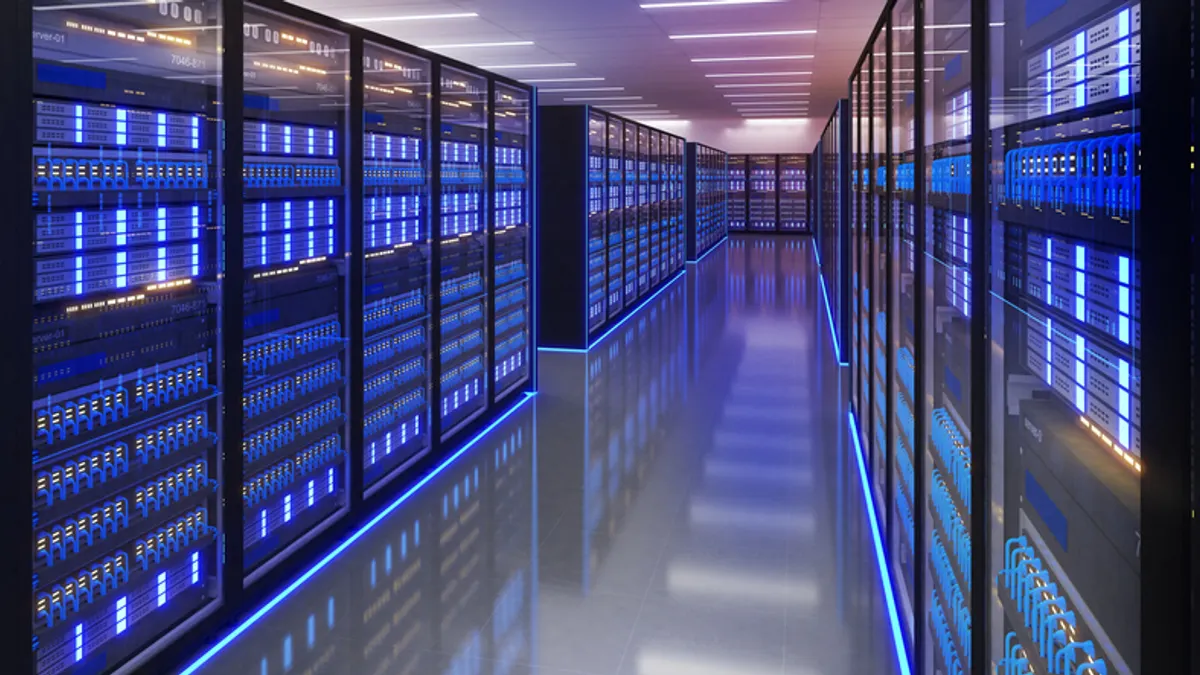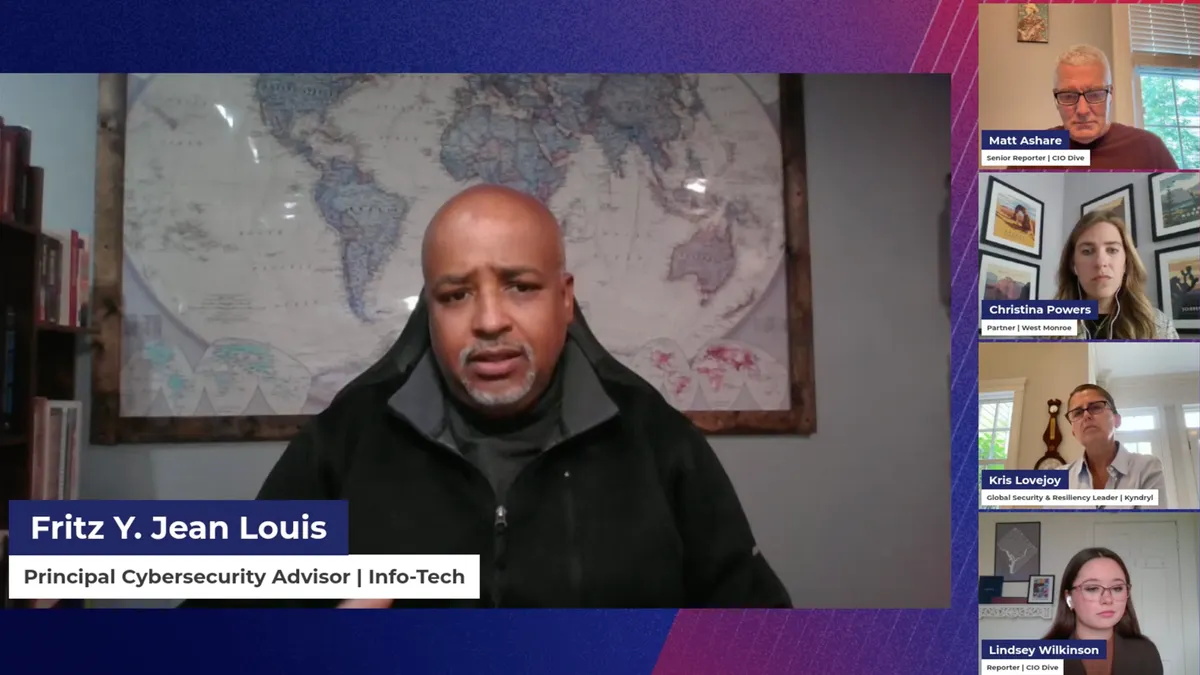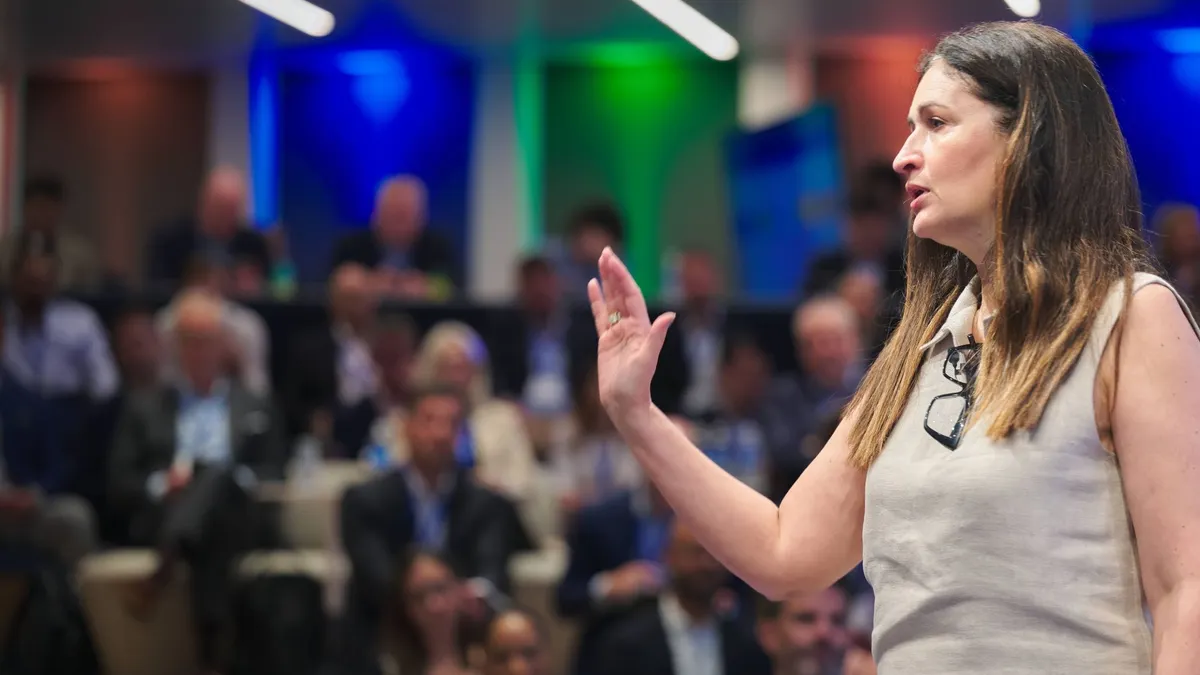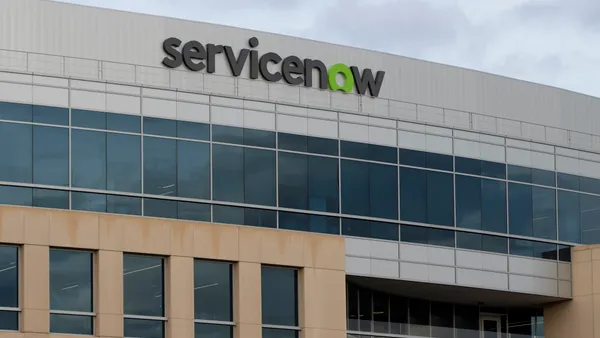Demand for artificial intelligence (AI), high-performance computing (HPC) and cloud computing are fueling a surge in data center growth. The data center sector accounted for more than 70% of the increase in private nonresidential construction spending between March 2024 and 2025, according to a recent Construction Dive article. However, such data centers require significantly more network speed and density to meet market needs. Given these concerns, how can industry leaders rapidly scale data centers to meet the needs of very data-intensive applications like generative AI and others?
AI’s Need for Speed
The rapid growth of the hyperscale space is reshaping infrastructure requirements — affecting everything from higher bandwidth demands and lower latency requirements to new fiber interfaces and greater density. “The network speed of hyperscale data centers is expected to increase from 800 gigabytes per second (800G) to 1.6 terabytes per second (1.6T) and faster within the next three years”, says Ross Goldman, Chief Operating Officer of Network Solutions and Chief Sustainability Officer at Leviton. “The amount of fiber required by AI compute racks is just staggering compared to traditional data center networks. The industry is migrating to more requests for super high-density connectivity solutions such as ribbon fiber cables and very small form factor connectors to help address the patching density needed due to space constraints in various parts of the network,” he says.
Compact connectors are essential for fitting an increasing density of fibers into tight footprints. “A single mainstream NVIDIA AI server rack can require up to 384 fibers for its high-speed compute, storage, and in-band management fiber links and that continues to increase. One set of 8 AI racks can require over 3,000 fibers and AI clusters can use hundreds of these racks with a need for patching density reaching 3456 fibers per Rack Unit,” Goldman adds.
One Size Does Not Fit All
Hyperscale and AI data centers need custom solutions and networking expertise to ensure their AI or hyperscale data centers can accommodate future needs. Modular systems and pre-terminated solutions enable incremental scaling and simpler installation, while improving network reliability and minimizing downtime. Configured solutions can address specific topologies, latency, performance, future migration paths and system interoperability.
The complexity of AI data centers requires manufacturing partners who can address challenges with network speed and latency, as well as design flexibility. “Leviton has a global team of field engineers who can assist or write the specification and develop the bill of materials to fulfill a customer’s requirements,” Goldman says. “We also have a specialized team of data center designers who can provide drawings and renderings of the network infrastructure layout. Additionally, our Senior Product Managers and Engineers collaborate with the IT teams of Fortune 100 companies in our vaults to develop configured solutions to meet their exact needs.”
Unprecedented Growth Demands Agile Global Supply Chains and Capabilities
When companies want to build, expand or update a data center, they typically want to accelerate the construction process to minimize time to revenue generation. The challenge here is that a single data center may contain millions of feet of fiber optic cabling. Meeting this huge demand as quickly as possible requires global scale and a reliable and responsive supply chain to ensure materials are available where and when needed. The products and systems must also be reliable and engineered to meet the needs of AI and other HPC applications, including density, bandwidth, performance, and efficiency. Once shovels are in the ground, time is of the essence. Manufacturers must be able to guarantee on-time delivery and make rapid problem resolution a top priority to prevent costly delays. “Leviton’s global fiber cable and fiber assembly manufacturing capabilities allow solutions to be made in-country or in-region where they are needed,” Goldman says. “As such, we avoid logistical delays and we can also stage finished goods in Leviton’s warehouses in the region, per the customer’s requirements.”
Assuring Success When Building What’s Next
When building what’s next, organizations need manufacturing partners with expertise in the latest networking architectures, physical layer infrastructure and data center facility design. These partners should have in-house experts to advise on network design, program management and solutions that integrate redundancy, modularity and customization. Most importantly, AI and Hyperscale data center organizations need partners they can trust. They need to trust that their partners will deliver on time, every time. “Leviton has an excellent track record of meeting our delivery commitments. We understand how critically important our delivery commitments are to our customers, especially to AI and Hyperscale data center customers,” Goldman states.
At the same time, organizations are prioritizing their longevity and legacy. With public concern growing over the energy use of data centers, companies increasingly need to select partners committed to sustainability and who can help companies meet their own sustainability targets.
“Our Network Solutions business unit achieved carbon neutrality globally in 2023,” Goldman notes. “Our manufacturing sites are therefore carbon neutral, and a growing number of them use 100% certified emission-free energy.” Additionally, Leviton can offer carbon neutral fiber optic products to hyperscale customers. We also offer thermal containment solutions and connectivity that survives in immersion fluids for the highest effective cooling technology available today.
The hyperscale and AI data center markets show no signs of slowing down, and developers must create facilities that can adapt to the rapid evolution of the market. Building what’s next requires agile, responsive partners with the ability to scale, who prioritize sustainability and can ensure a successful on-time deployment.










